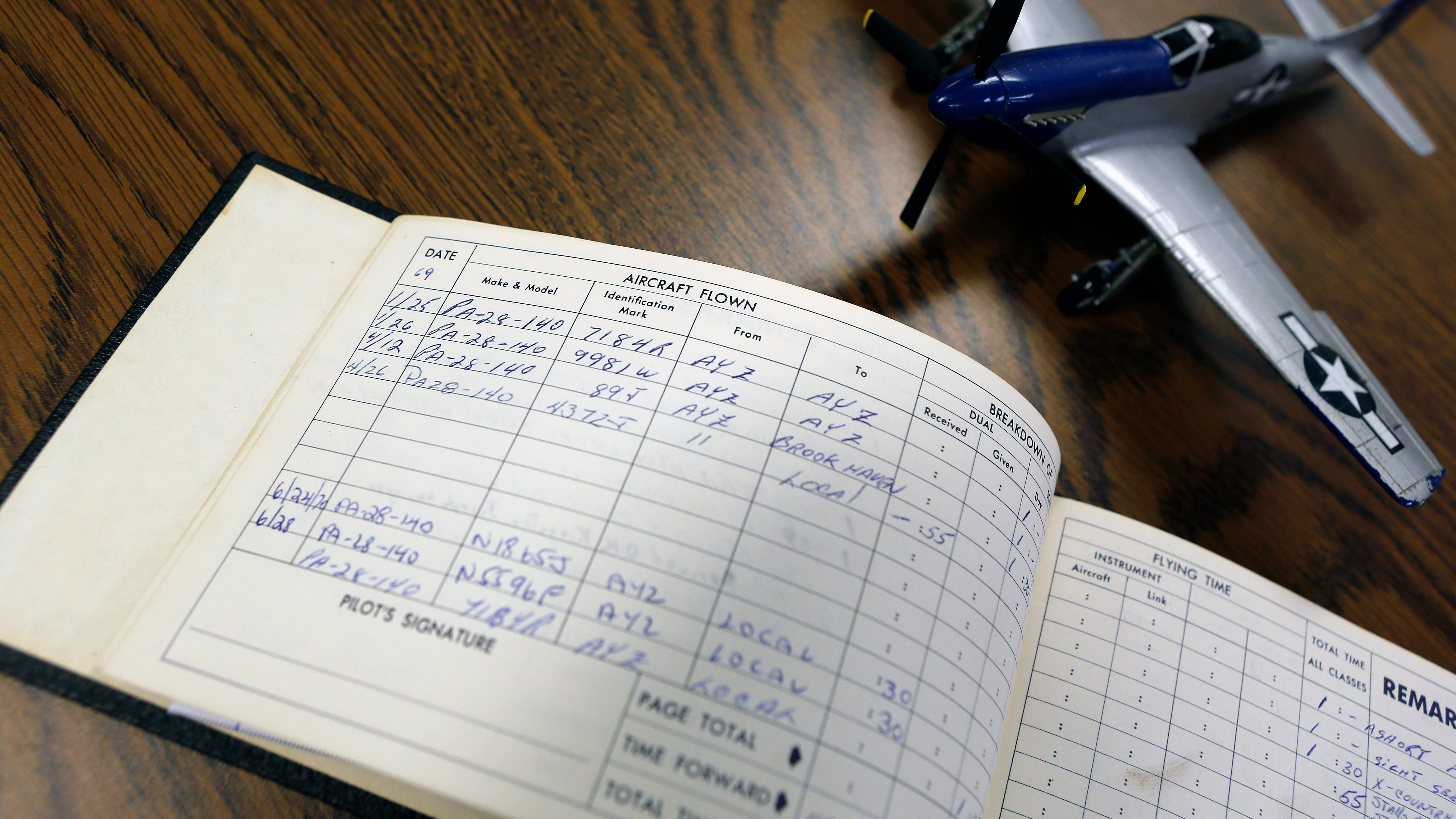Back in the saddle
Returning to flight after a few months on the ground
You never thought it would happen to you, but it has. You check the calendar and realize it has been not days, not weeks, but a few months since you last flew an airplane. What now?

You never thought it would happen to you, but it has. A couple missed lessons, a few cancelled dates with the airplane, an illness, a hard few weeks at work…You check the calendar and realize it has been not days, not weeks, but a few months since you last flew an airplane.
It happens to the best of us. Why do you think lapsed pilots use the phrase, “Life got in the way”?
Let’s determine if you are still current; you may have more to consider beyond the fact that you haven’t physically occupied a pilot seat in awhile.
Sport, recreational, or private pilot certificates don’t expire. However, you do need to have completed a flight review once every 24 calendar months, with some exceptions; see FAR 61.56 for details.
Student pilot certificates issued after April 1, 2016, do not expire. If you hold a student pilot certificate issued prior to that date, it expired 24 or 60 months after its date of issuance. Do you need a new student pilot certificate? Your flight instructor will help you take care of that.
Although private pilot certificates don’t expire, you do need to have a current medical certificate or up-to-date BasicMed qualifications to operate as pilot in command of a powered aircraft.
What about currency? Here’s what the federal aviation regulations say:
Daytime VFR: To carry passengers you must have logged three takeoffs and landings within the preceding 90 days in each air category, class, or type.
Nighttime VFR: To carry passengers you must have logged three takeoffs and landings to a full stop within the preceding 90 days in each aircraft category, class, or type, and the landings must have occurred from the time between one hour after sunset to one hour before sunrise. No touch and goes, please.
Instrument currency requires having flown and logged at least six instrument approaches, plus holding, tracking, and intercepting a radial, within the six calendar months preceding the month of your proposed flight. Some of the approaches can be conducted in a simulator with a certificated flight instructor. If your instrument currency has lapsed, it’s time to go up with an instructor for an instrument proficiency check.
Note that if you just want to get back in the left seat, all by yourself, and you hold a pilot certificate and are current in terms of your flight review and medical (and instrument currency if you plan to fly IFR), the 90-day passenger and night currency requirements aren’t a factor . You are expected to fly safely. If it has been more than a month since you last few—and for some pilots, that’s pushing it—consider taking a flight instructor with you for that first time around the pattern.



